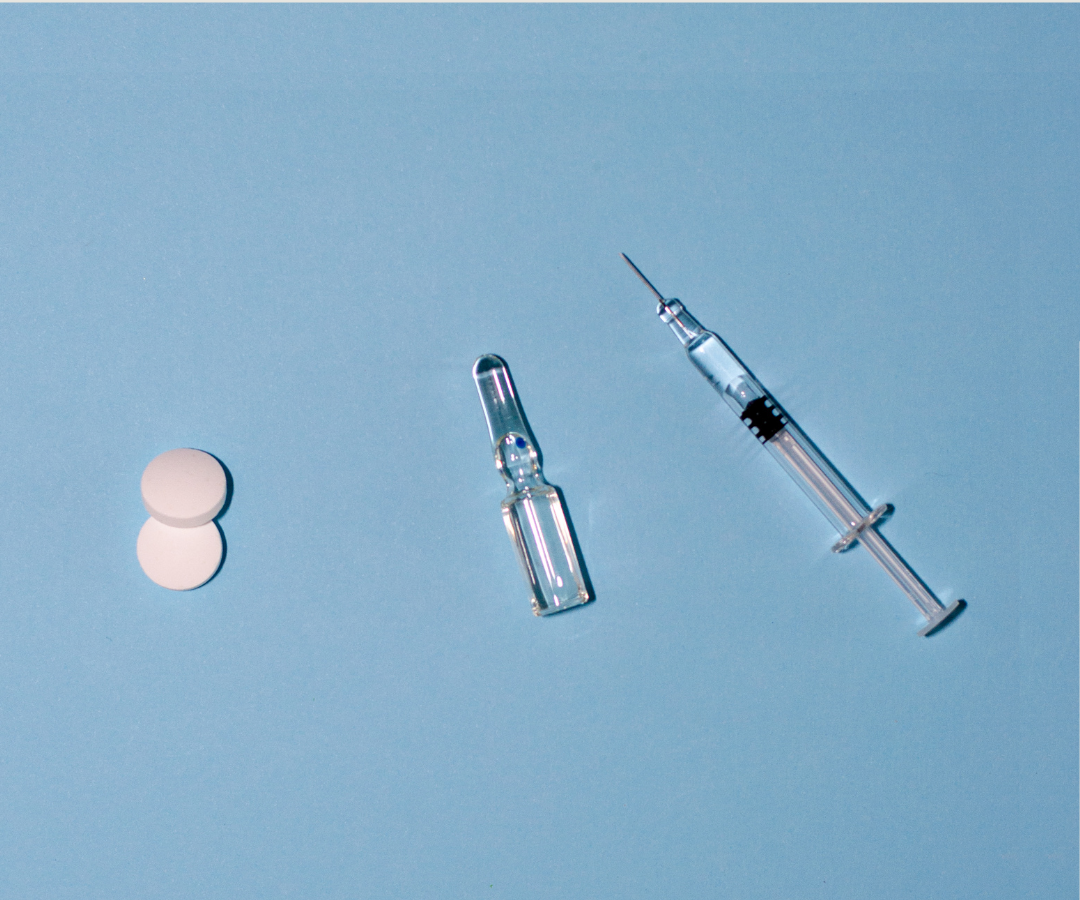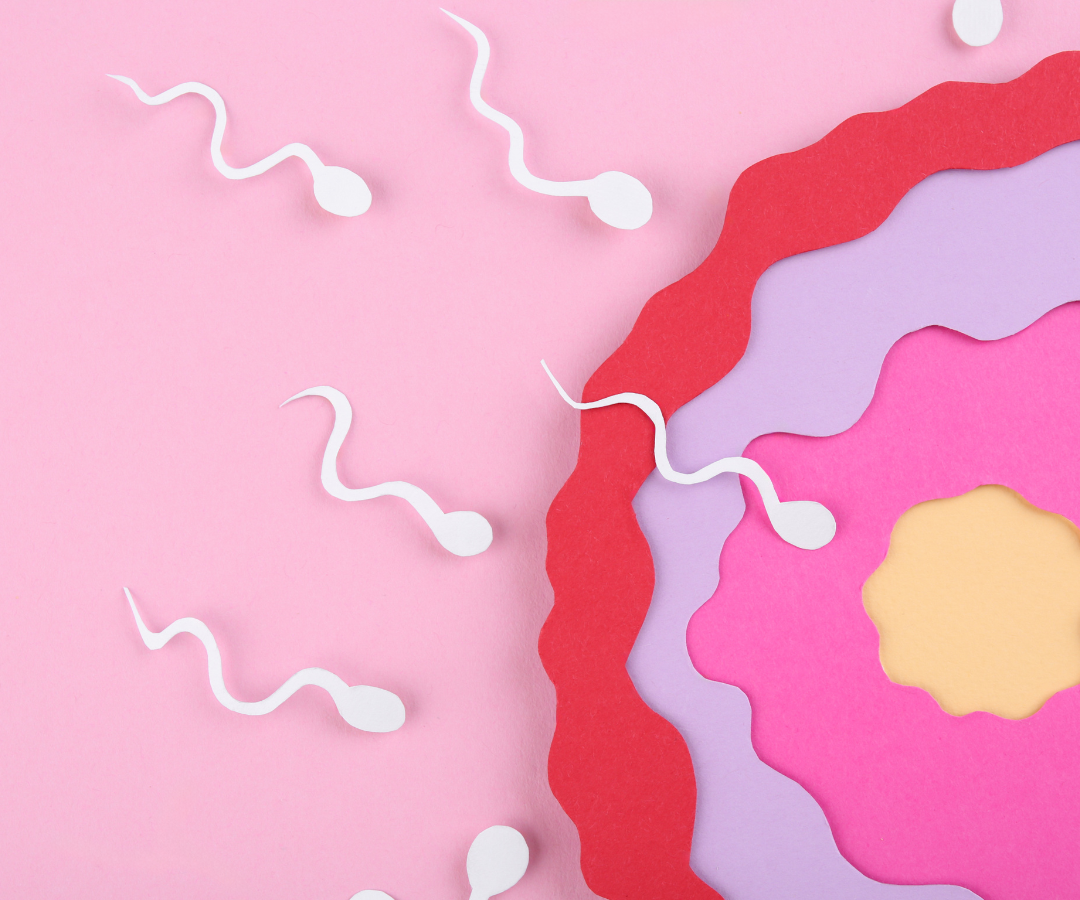4 Essential Clinical Strategies for Treating PMADs
No matter the diagnosis, these approaches help women recover
Perinatal mood and anxiety disorders (PMADs) are the most common complication of pregnancy, affecting some 1 in 7 childbearing women. Although public awareness of postpartum depression (PPD) has increased in recent years, many people – including therapists – still aren't aware that PMADs encompass a range of emotional disorders, including major depression, generalized anxiety, OCD, panic disorder, and PTSD. Symptoms vary in severity – from bothersome to debilitating – and PMADs can develop during pregnancy or at any point during the first year after giving birth.
As a staff therapist at the Seleni Institute, I provide care to women with a range of PMAD diagnoses. My colleagues and I utilize the latest body of research to tailor evidence-based therapeutic interventions specific to each client's individual PMAD diagnosis. For example, the interventions used to treat postpartum generalized anxiety differ significantly from those used to treat postpartum OCD.
But over thousands of hours treating pregnant and postpartum women, I've learned that certain strategies are essential to treating PMADs effectively, regardless of the diagnosis or recommended treatment. These work so well I'm no longer surprised when a recovering woman prepares to leave treatment and shares that one of the following strategies made the biggest difference on her road to wellness:
1. Normalize and destigmatize
Pregnant and postpartum women are bombarded with society's messages about how they "should" think and feel. From diaper commercials to unsolicited commentary from strangers to their own mother's reminiscing, women hear that they should be euphoric, grateful, and fulfilled in pregnancy and new motherhood. But this isn't always the case. Even when a woman isn't experiencing a PMAD, pregnancy and early motherhood frequently can be uncomfortable, boring, and even terrifying. And when a woman is hard on herself for feeling this way, I'll help her realize that she's not alone – even if these thoughts and feelings aren't the kinds of things moms chat about on the playground.
Besides reassuring women that it's normal to feel ambivalent during pregnancy and motherhood, I also educate each woman about her particular diagnosis. Women can feel desperately alone and deeply ashamed when they experience PMAD symptoms, especially ones that are less talked about like rage or intrusive thoughts. I reassure my clients that these inner experiences don't indicate their worthiness as mothers but are instead expected and treatable symptoms of common, and increasingly understood, disorders. Women express tremendous relief when they realize that their scariest, most shameful symptom is something others also experience – and something we know how to treat.
2. Prioritize sleep
Getting a good night's sleep can be difficult during pregnancy. And once a baby arrives, uninterrupted sleep is nearly impossible. But while impaired sleep frustrates nearly all pregnant and postpartum women, it takes a much higher toll on those suffering from a PMAD. The relationship between sleep problems and PMADs is complex because impaired sleep can contribute to the initial development of a PMAD, be a sign that one has set in, or make daily symptoms worse. But the bottom line is that a woman experiencing a PMAD needs good sleep restored in order to recover.
Practicing good sleep hygiene – such as developing a bedtime routine, using bed for sleep and sex only, and avoiding caffeine late in the day – is a good start. But the physical demands of pregnancy and caring for a tiny human can make getting good sleep tricky for even the most dedicated women. I often have to get creative when helping clients work to restore sleep. When women have the resources to enlist the help of night nurses, postpartum doulas, and babysitters, I encourage them to do so. For others, I involve their husbands, partners, or extended family members to schedule "baby shifts" and "sleep shifts" to make sure the new mom gets at least one block of uninterrupted sleep each night. Thinking outside the box to help clients follow through on their sleep plans proves extremely helpful in reducing symptoms, and it's often the fastest way to help clients feel better.
3. Encourage exercise
The mood-boosting and anxiety-reducing benefits of exercise are well established, with some studies demonstrating that regular exercise reduces depressive symptoms as effectively as treatment with SSRIs. This makes exercise an important component of treatment for pregnant and lactating women who choose not to take medication despite severe symptoms. But even for those who do take medication or whose symptoms are not severe, exercise assists in PMAD recovery by increasing energy, metabolizing stress hormones, helping women get out of their heads and into their bodies, and providing an outlet for mastery and control.
After women check with their health care provider to confirm that it's safe for them to exercise, I encourage them to set small, easily achieved goals. It's not uncommon for women suffering from PMADs to have all-or-nothing thinking, but I work to help clients recognize that even a 10-minute walk (with the stroller, if necessary) will help them feel better, even if their schedules or physical recoveries don't allow for 5-mile runs or 45-minute spinning sessions just yet.
4. Build social supports
Although PMADs affect nearly 1 million women annually, these conditions have a way of making each woman feel alone. I work actively to help women build their support networks. Some women feel less alone and more supported in a community of others who are also experiencing PMADs. In these instances, I refer them to community support groups, online groups (such as Postpartum Progress), and grassroots or advocacy organizations (such as Postpartum Support International).
Other women experiencing PMADs report that exposure to those who are also suffering, or who talk about PMADs, triggers their symptoms. For these women, I encourage participation in general new moms groups or in social events unrelated to motherhood. For a new mom who spends most of her day ruminating on her distress, spending an evening at a book club or having a cup of coffee with a friend can be a much-needed break from her symptoms and feel extremely restorative.
No matter what symptoms a woman experiences, knowing that she's not alone, sleeping better, moving her body, and connecting with others will help her feel less distress. These strategies build the foundation for excellent self-care, which serves women – and therefore their families – well after they've recovered.












